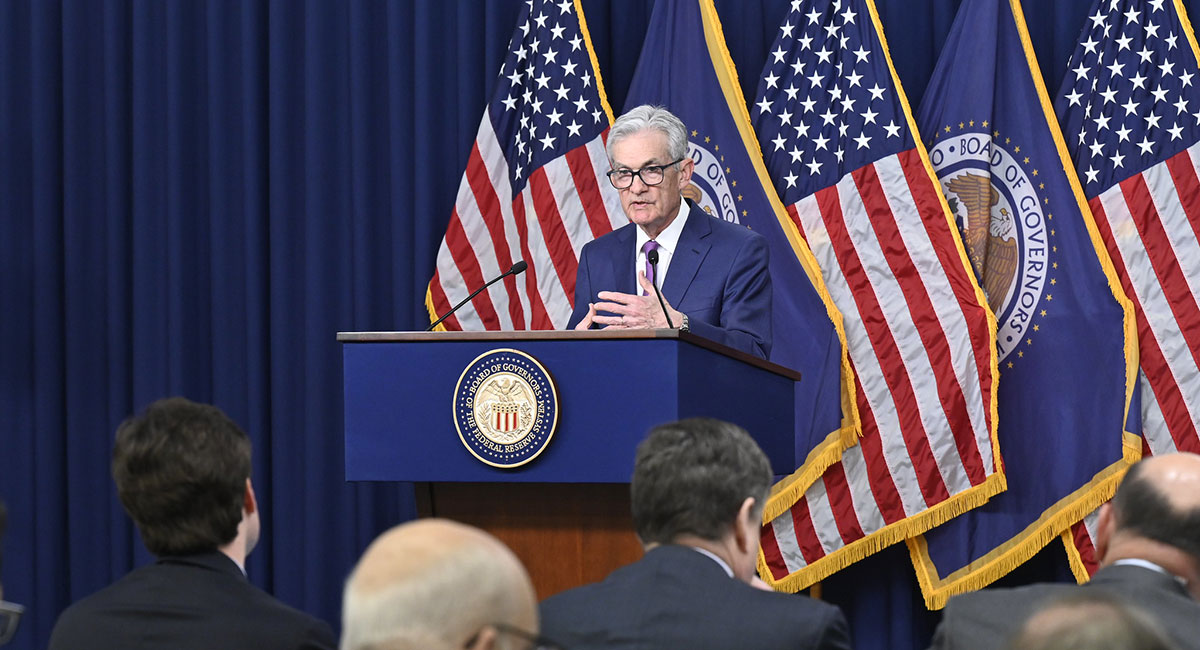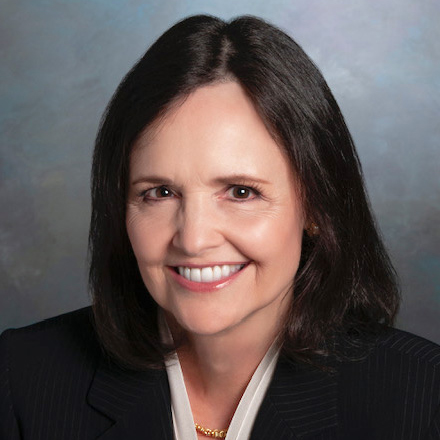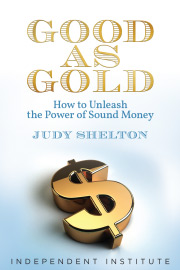It has been two years since the Federal Reserve began its pivot from near-zero interest rates in March 2022 to its current target range of 5.25% to 5.5%. The rate hikes surged as inflation hit 9.1% in June 2022, but inflation has since settled down to 3.1%. Monetary officials now hint at cutting interest rates. Does that mean the Fed’s monetary policy is working?
The question matters greatly—notwithstanding widespread relief that inflation has declined—because higher prices have inflicted cumulative damage on the American psyche. Short of outright deflation, most daily purchases will continue to seem overpriced even to those whose wages have increased. That is why it’s important to ascertain whether the Fed’s monetary policy model is valid. We need to be fully confident that the reason inflation has come down is because the Fed imposed restrictive interest rates on the economy.
Consider the model: When the Fed tightens by raising interest rates, its goal is to increase borrowing costs. The assumption is that businesses are deterred from investing in new equipment, software or buildings—which normally require financing—and consumers are discouraged from buying houses or cars. As a result, economic activity is reduced, which means lower demand and lower prices.
The reduced economic activity unfortunately brings about higher unemployment and lower growth as companies constrain operations. “While higher interest rates, slower growth, and softer labor market conditions will bring down inflation, they will also bring some pain to households and businesses,” Fed Chairman Jerome Powell said in August 2022. “These are the unfortunate costs of reducing inflation.”
Fair enough. Or maybe not so fair if you were planning to buy a home or expand your business. In any case, pain is warranted in pursuit of price stability. Lower economic growth and higher unemployment are the necessary consequences of the restrictive interest rates required to cure runaway inflation, according to the Fed’s model.
But that isn’t what happened; the economy hasn’t performed as predicted. Despite the Fed’s raising interest rates in July 2023 to their highest level in 22 years—and keeping them at that level since—the economy has grown briskly and unemployment has remained historically low. Last year U.S. gross domestic product expanded at an annual rate of 4.9% from July through September and 3.2% from October through December. Consumer spending, which accounts for some 70% of U.S. economic activity, grew at a robust 3% annual rate in the final quarter of 2023.
Testifying before the Senate Banking Committee this month, Mr. Powell reaffirmed his belief that “interest rates right now are well into restrictive territory,” meaning that the Fed’s tight monetary policy is putting downward pressure on economic activity. Does that mean Fed officials believe economic growth would be even higher, and unemployment even lower, if they weren’t compelled to impose restrictive interest rates to curtail economic activity?
A more convincing argument is that the Fed’s inflation-fighting model doesn’t adequately capture the supply-side effect of having more people working, producing more goods and services, resulting in more economic growth—as output expands to meet consumer demand. While the Fed is correct in thinking that demand must be brought into balance with supply to quell inflation, the key isn’t to suppress demand. It has proved more important to enhance supply. Fed policymakers need to consider the possibility that inflation has been coming down in spite of restrictive interest rates, not because of them.
Mr. Powell has been overly gallant these past two years in claiming that price stability is the responsibility of the Federal Reserve. Not that monetary policy didn’t play a role in expanding the money supply as the Fed became the largest single purchaser of U.S. government debt—but the prolonged scourge of inflation is more directly related to the massive fiscal transfer payments associated with Covid and continued deficit spending.
Fiscal stimulus at a time when the Fed is exercising monetary restraint makes little policy sense. Moreover, it has become quite expensive for the Fed to keep the excess liquidity fenced off from the real economy. The Fed’s main tool for raising its target interest range is to increase the “administered rates” it pays to commercial banks and money-market mutual funds on the roughly $4 trillion they hold in cash accounts at the Fed. Last year the Fed’s interest expense amounted to an unprecedented $281 billion—exceeding its $164 billion in interest income—with the difference paid out of funds that would otherwise be remitted to the U.S. Treasury.
To appreciate the fiscal effect of the Fed’s operating losses: The Biden administration’s budget for fiscal 2023 projected $516 billion in Federal Reserve “earnings” to be included as receipts for the 2023-32 period.
In short, both the Fed’s economic model and its primary tool for implementing monetary policy deserve greater scrutiny. Low unemployment isn’t inflationary; economic growth isn’t inflationary. Interest rates shouldn’t be used to depress economic activity, but rather be allowed to signal where best to pursue it.









